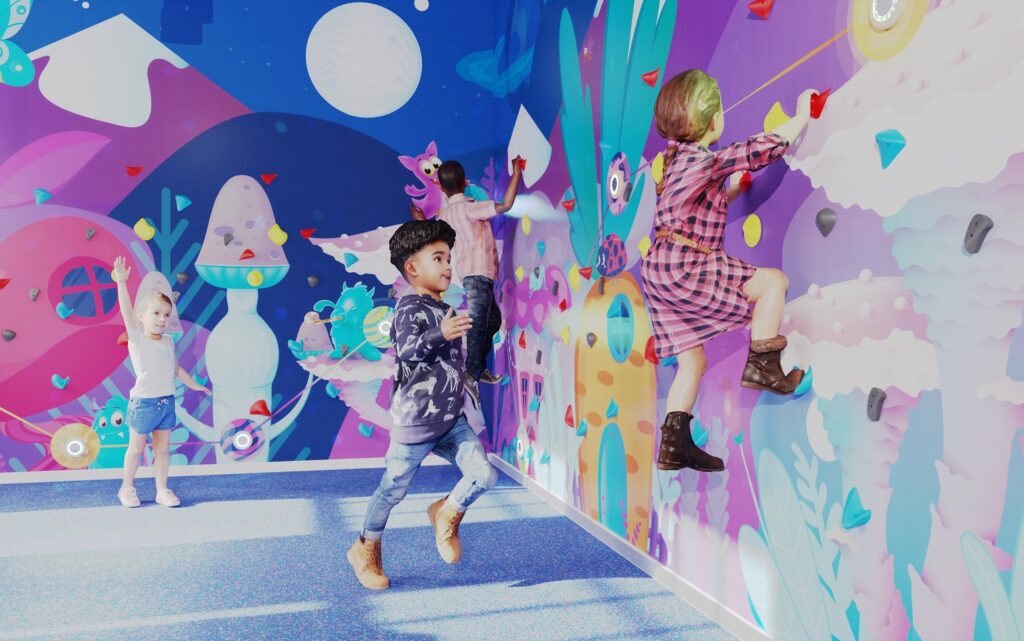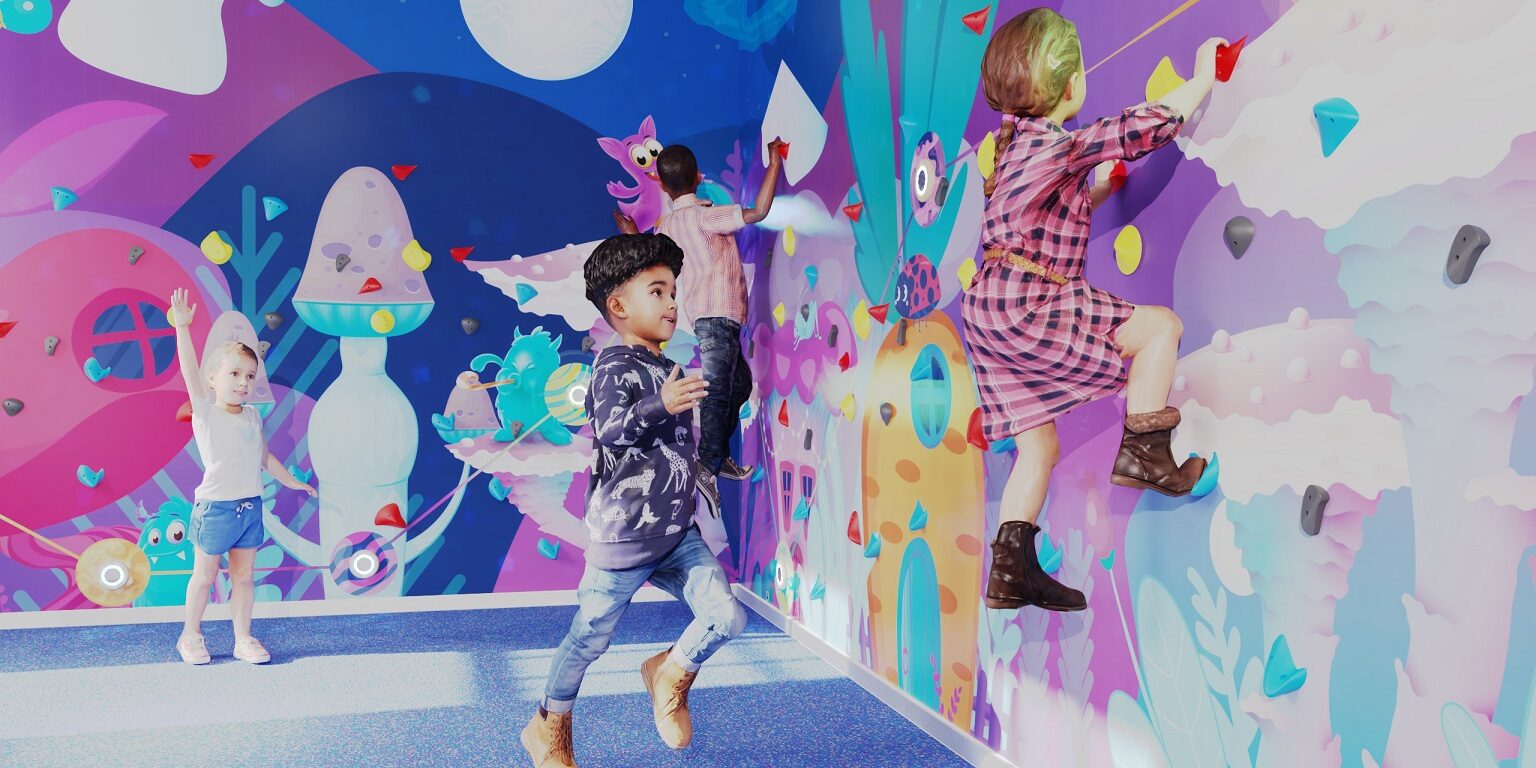In the realm of interactive technology, LiDAR (Light Detection and Ranging) has emerged as a game-changer, offering new and improved ways to interact with digital content. LiDAR interactive projection systems are increasingly gaining popularity due to their numerous advantages over traditional touch devices. Whether you are designing an interactive display for a retail store, a museum, or an event, understanding the benefits of LiDAR over touch screens is essential. In this article, we will explore how LiDAR interactive projection surpasses traditional touch technology.

1. No Dependence on Physical Surfaces
One of the most significant advantages of LiDAR interactive projection is that it does not rely on a physical touch surface. Traditional touch devices, such as touchscreens or interactive tables, require a designated surface to function. In contrast, LiDAR technology can create a multi-touch interaction zone in mid-air. This means you can interact with content projected on walls, floors, or even irregular surfaces. This flexibility allows for dynamic, immersive experiences in environments that traditional touch devices cannot achieve.
2. No Need for a Medium
LiDAR interactive systems use infrared light to capture touch points in the air. This capability creates a virtual touch wall or surface, removing the need for any physical material or screen. Unlike traditional touch devices that need a physical layer (like a touch screen or a table surface), LiDAR creates a touch environment in the air, making it much more versatile and adaptable for a range of interactive applications.
3. Superior Light Interference Resistance
One of the most significant challenges faced by traditional touch devices is their vulnerability to ambient light interference. Whether it’s sunlight in a museum or bright lighting in a store, touchscreens can fail to work correctly under such conditions. LiDAR interactive projection systems excel in environments with varying light conditions. Their infrared technology enables them to operate reliably in both bright and low-light environments, making them ideal for outdoor use or areas with heavy ambient light, where traditional touchscreens struggle.
4. Larger Touch Range and Support for Multiple Users
LiDAR-based interactive systems offer a larger touch range compared to traditional touch devices. While touchscreens often limit users to a small area or require proximity, LiDAR can cover areas up to 30 meters, making it perfect for large interactive installations like trade shows, public exhibits, or even gaming setups. Additionally, LiDAR systems support multiple users simultaneously, allowing several people to interact with the content at once, something that traditional touchscreens often struggle to manage.
5. High Flexibility and Adaptability
LiDAR interactive systems are incredibly flexible and adaptable to various environments and surfaces. With LiDAR, touch zones can be set on irregular surfaces like walls, floors, or ceilings, or even dynamically adjusted to suit the environment. This high level of customization makes it easy to create interactive experiences that match specific needs or spaces, providing endless possibilities for user engagement.
6. Compact and Easy to Install
Unlike traditional touch devices, which can be bulky and require complicated setup procedures, LiDAR interactive projection sensors are compact. With small, lightweight sensors (such as the 778CM model), installation is easy and quick. The system can be set up in different configurations and quickly integrated into existing spaces, significantly reducing installation time and effort.
7. Standardized Communication Protocols
LiDAR interactive projection systems typically use industry-standard TUIO communication protocols, which makes it easy to integrate with mainstream software systems. This ensures that your interactive installation can be seamlessly connected to existing applications or customized content without worrying about compatibility issues.
Why Choose LiDAR Interactive Projection?
LiDAR interactive projection is a next-generation technology that offers superior versatility, performance, and reliability compared to traditional touch-based devices. With its ability to create interactive touch zones in the air, its resistance to light interference, and its support for larger and multi-user environments, LiDAR is transforming the way we interact with digital content.
Whether you’re working on a large-scale interactive installation or a small exhibit, LiDAR offers the flexibility and robustness required to create memorable user experiences.
If you’re interested in incorporating LiDAR-based interactive projections into your next project, look no further than CPJ ROBOT. Specializing in interactive radar and reception robots, CPJ ROBOT offers cutting-edge technology and customizable solutions to meet your specific needs. Contact us today to learn how our LiDAR interactive projection systems can transform your interactive experience!







